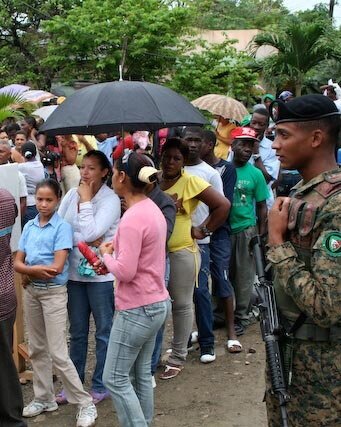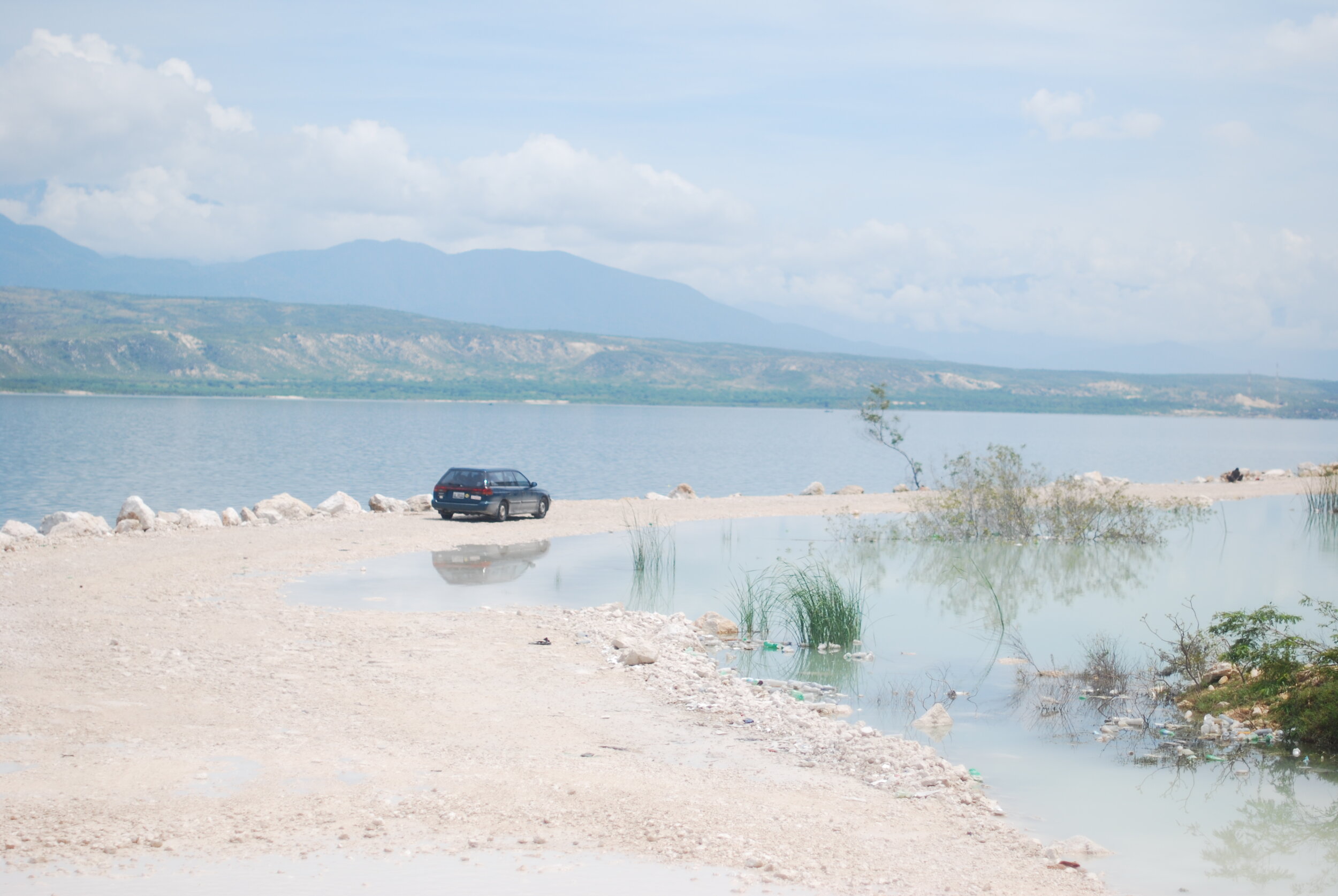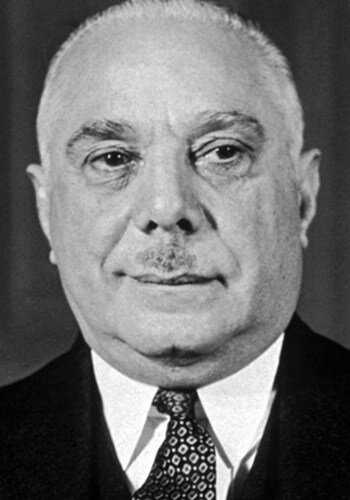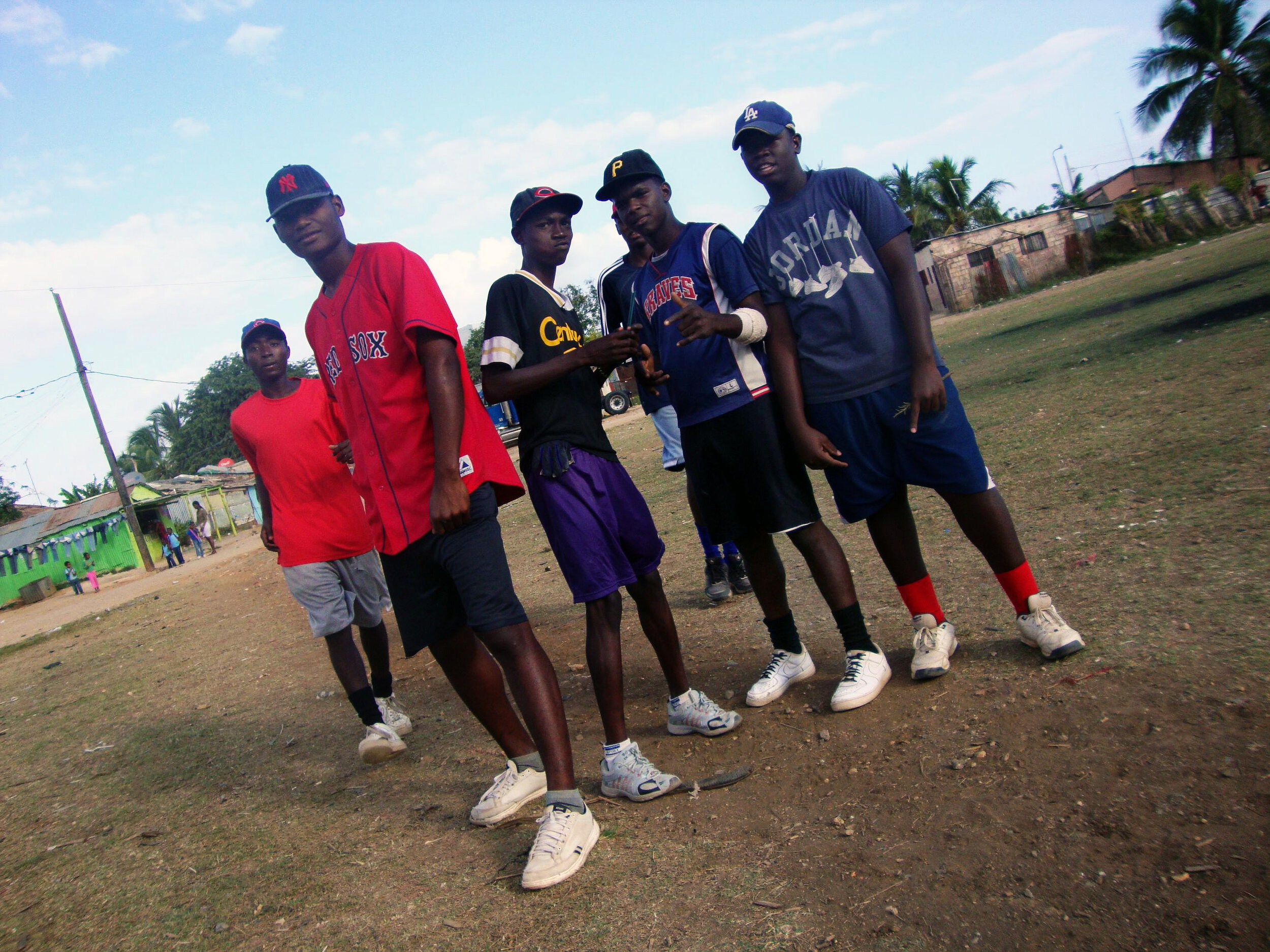Quick Facts
1804: Haiti officially gains its independence from France
90 Million: The number of Gold Francs Haitians had to pay France to compensate former plantation owners after they gained independence
<1K-30k: Estimated Haitians killed during the Perejil (Parsley) Massacre.
Background
Hispaniola is divided by a 224-mile border that separates the Republic of Haiti (West) and the Dominican Republic (East). For decades, Haitians and Dominicans have crossed borders for work and school. They’ve even married.
Siri B.L for Wikimedia Commons. Image is of a blue vehicle on the main road from Jimaní, Dominican Republic to Port-au-Prince, Haiti. The pathway is partially flooded by the Lake Azuei.
Breaking Free from Colonialism
Both nations were once colonies. While the DR gained independence from Spain in 1844, Haiti’s independence from France nearly 40 years earlier stands out.
The Cost of Freedom
But Haiti struggled economically from Day 1. Isolation from surrounding slave-owning colonies, the money owed to France, frequent drought, and decades of land exploitation drove many to the DR for work and refuge.
Maj. Wendy Rodgers for Wikimedia Commons. Image shows Dominicans and Haitians lined up in the rain holding umbrellas to see medical providers from the U.S. Army Reserve in Jaibon, Dominican Republic.
A History of Anti-Haitian Violence
But this didn’t stem the tide of Haitian scapegoating. Haitians in DR were often denied their rights – even from a Dictator with mixed Haitian ancestry himself.
Public Domain, Unknown Author. Image is a black and white photo of Rafael Trujillo.
The Perejil Massacre
On Oct. 2, 1937 Rafael Trujillo ordered the execution of anyone of Haitian descent. His army used machetes to make the massacre look like an uprising against Haitian cattle thieves. The government denied or downplayed the massacre for decades.
“Dominicanization” Continues
The killings are now acknowledged by Dominican society and taught in schools. However, denial of racism still exist. Even as the government strips citizenship from thousands of children of undocumented Haitian migrants – including those born in the DR.
Paragraph







